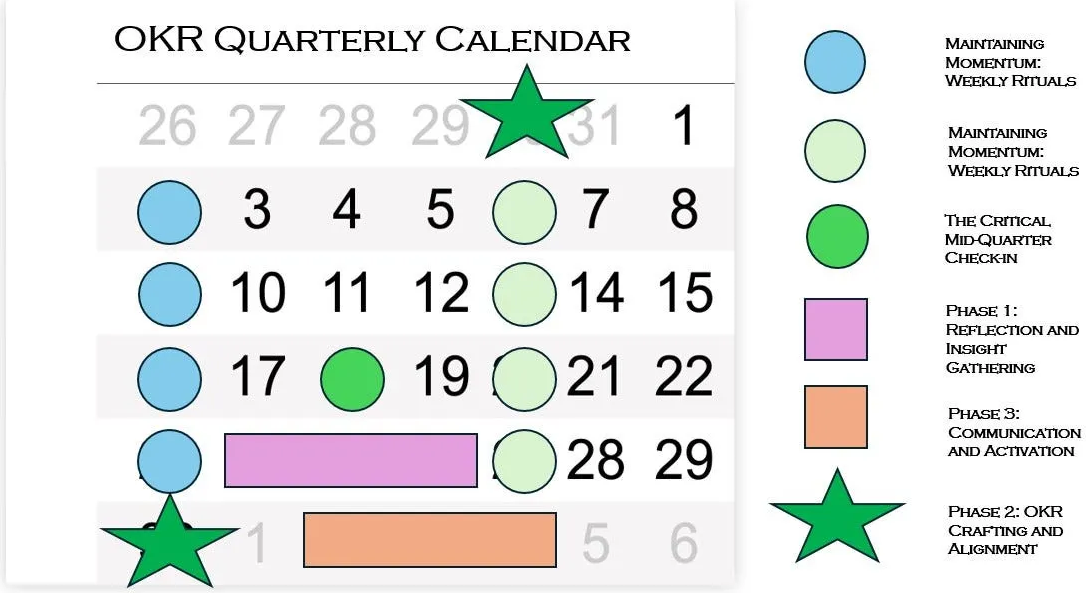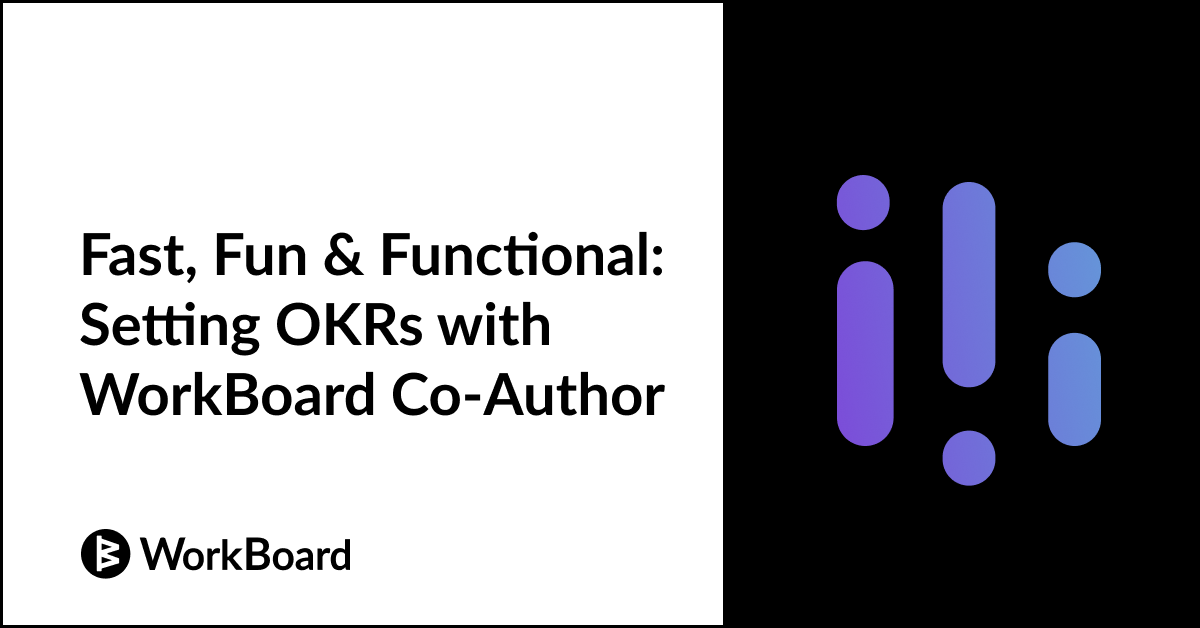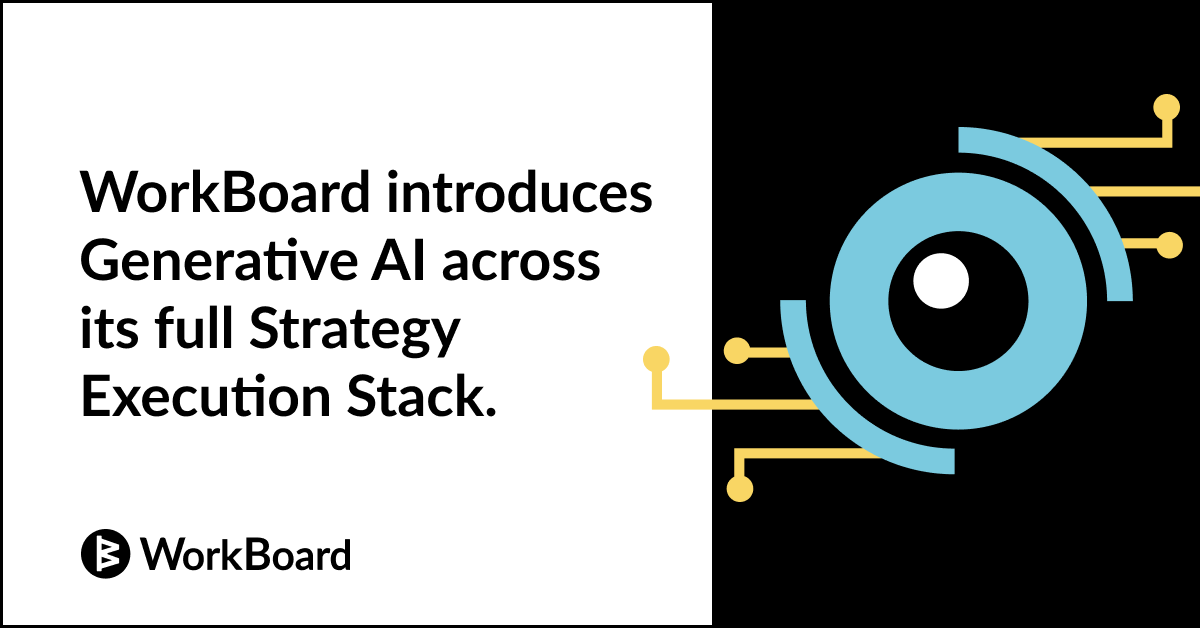Gaurav Nigam is the Vice President of Engineering at WorkBoard.
After recently hosting a challenging roundtable and fielding numerous inquiries on implementing OKRs alongside continuous roadmap planning, I realized it was time to share my OKR runbook. This guide, developed through years of experience, is designed to assist you in mastering the art of OKR implementation and is now open for feedback.
Reflecting on the Roundtable Dynamics
To provide context, the roundtable included a diverse group: SVPs, VPs, FLMs, consultants, CTOs, and skeptics of the OKR framework. The session was challenging because I didn’t have a one-size-fits-all answer to their varied problems. For example, should DORA metrics be used as key results? My response was no; DORA metrics are engineering KPIs that act as leading indicators. For instance, rather than merely aiming to reduce lead times by 10%, consider how such improvements align with and impact broader business objectives, thus establishing a solid foundation for continuous improvement and operational efficiency.
Key questions that emerged included:
- How do we align OKRs with product priorities and continuous roadmapping?
- What’s the interplay between annual and quarterly OKRs?
- How can we ensure alignment between product and engineering OKRs?
- Why does OKR implementation often fail?
The Power of a Quarterly OKR Rhythm
Before diving into the specifics, it’s crucial to understand why a quarterly OKR cycle is so effective and the calendar helps in the implementation. This cadence provides the perfect balance between long-term vision and short-term execution. It’s long enough to achieve significant outcomes yet short enough to adapt to rapidly changing business environments. Let’s explore each phase of the quarterly OKR process, focusing on its strategic importance and key activities.
Phase 1: Reflection and Insight Gathering
Timing: Last 2–3 weeks of the current quarter
Purpose: Reflect on the current quarter to set the stage for the next, establishing a foundation for OKR success through actionable insights.
Key Activities:
- Retrospectives:
- Retro with Immediate Reports/Teams: Gather feedback from your team.
- Retro with Upline Management and Peer Leaders: Align with higher-level objectives and feedback.
Retro Components:
- Victories: Celebrate collective achievements and progress towards current quarter KRs.
- Observations: Identify challenges and patterns to address in the next quarter. Prioritize the top three issues for focused action.
- Shifts: Determine what to start, stop, and continue based on observations.
- Kudos: Recognize and celebrate team members who have gone above and beyond.
- Upline Management Sync: Share key findings with leadership. This aligns team-level insights with organizational objectives, ensuring your team’s efforts directly contribute to overarching objectives.
- Synthesis: Compile and analyze the gathered insights. Look for patterns and themes to inform the next quarter’s objectives. Pro tip: Don’t just focus on what went wrong. Identifying what went right is equally crucial for replicating success.
Learn more about retro & reset in WorkBoard.
Phase 2: OKR Crafting and Alignment
Timing: Last week of the current quarter
Purpose: Set ambitious yet achievable objectives and key results aligned with organizational goals.
Key Activities:
- Review Organizational Context: Start with the big picture to ensure meaningful OKRs.
- Objective Setting: Craft 3–4 ambitious yet achievable objectives that inspire your team and link to organizational goals. Example Objective: “Revolutionize our deployment process to fuel rapid innovation.”
- Key Results Definition: Define 3–5 measurable key results for each objective. Example KRs for the above objective:
- Reduce deployment time from 2 hours to 10 minutes.
- Increase deployment frequency from weekly to daily.
- Achieve zero-downtime deployments for 95% of releases.
- Alignment Check: Ensure your OKRs complement, not conflict with, other teams’ goals, creating organizational coherence.
Phase 3: Communication and Activation
Timing: First week of the new quarter
Purpose: Effectively communicate OKRs to create organizational buy-in and excitement.
Key Activities:
- Department-wide OKR Readout: Present OKRs in a compelling narrative, explaining not just what the objectives are but why they matter.
- Team-level OKR Breakdown: Work with teams to translate quarterly OKRs into sprint-level goals, connecting high-level objectives to day-to-day work.
- Cross-team Alignment Sessions: Facilitate team discussions to identify dependencies and collaboration opportunities.
Learn more about OKR planning in WorkBoard.
Maintaining Momentum: Weekly Rituals
While the quarterly cycle provides the framework, weekly check-ins keep you on track. Here are two critical weekly meetings:
- Monday Calibration: Start each week by reviewing progress, addressing roadblocks, and aligning on the week’s priorities. This isn’t just a status update — it’s a strategic alignment session..
- Friday Celebration and Review: End the week by showcasing progress (demos are great for this) and quickly reviewing OKR status. This builds momentum and keeps OKRs at the forefront of my mind.
Remember, these sessions should be concise and focused. They’re about maintaining alignment, not micromanagement.
Learn more about how we do Calibrate & Celebrate at WorkBoard.
The Critical Mid-Quarter Check-in
Timing: Week 6 of the quarter
Purpose: Course-correct and double-down on what’s working.
Key Activities:
- Honest Progress Assessment: Evaluate each OKR’s progress. Are you on track? If not, why?
- Roadblock Removal: Identify and address any obstacles hindering progress.
- Resource Reallocation: Consider shifting resources or focus based on progress.
- OKR Refinement: Make data-driven adjustments to OKRs if necessary. Remember, OKRs are a tool, not a cage.
The Continuous OKR Mindset
While this guide provides a structured approach, the real power of OKRs lies in adopting a continuous improvement mindset. Use your OKRs as a living framework that informs ongoing decisions and priorities. For instance, when faced with a new opportunity mid-quarter, ask: “How does this align with our current OKRs?” This approach ensures you stay focused on what matters most while remaining agile.
“Is the problem I’m solving this quarter still relevant to next quarter? Use OKRs to answer this question.”
From Framework to Impact
This runbook provides a battle-tested framework for implementing OKRs, but remember — the true measure of success is the impact on your team and organization. As you implement this approach, pay attention to:
- Increased alignment between engineering efforts and business outcomes.
- Improved team focus and reduced “busy work.”
- More predictable and impactful engineering deliverables.
- Enhanced cross-team collaboration and reduced silos.
Your OKR journey is unique to your organization. Start with this framework, but don’t be afraid to adapt as you learn what works best for your team. The goal isn’t perfect OKRs; it’s driving meaningful outcomes that propel your organization forward.
I encourage you to implement this calendar in your next quarter. As you do, I’d love to hear about your experiences, challenges, and successes. Let’s continue to learn and grow together as engineering leaders, driving our teams and organizations to new heights of achievement.








